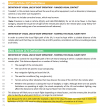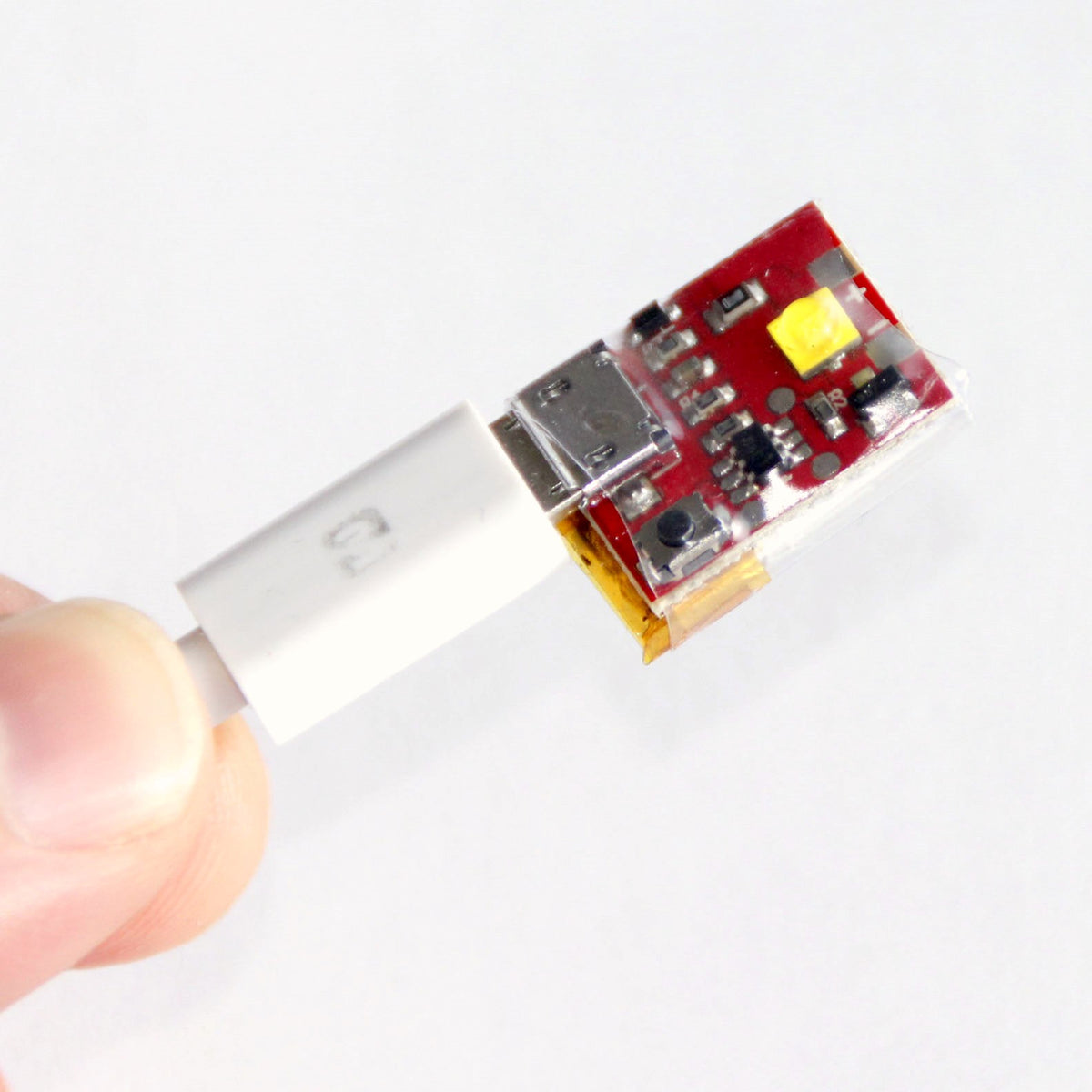New email to documents via Skywise which has clarifications and definitions changed.
https://publicapps.caa.co.uk/docs/33/20220621_AMC_GM_2019-947_Consultation.pdf is a useful summary.
A few changes of note, all reference to VLOS being an arbitrary 500m have been removed and its gone, more sensibly to "it depends"

This clears up something many people didn't understand - just being able to see a tiny black spec doesn't mean you're flying in VLOS. You need to determine *orientation* and maintain spacial awareness.
(To that extent, i really wish DJI would fit standard navigation lights on the drones to aid with correct orientation rather than random coloured LEDs).

Confirmed that. Which means DJI really should sell the plus battery in the UK... MTOM is assumed to be "take off weight of that particular flight" in the UK. This is a divergence from the EASA MTOM rules.
Also goes to explain what is meant by groups of people, uninvolved people and so on.
It still doesn't hide the fact we've all been utterly screwed over with the sudden decision to not recognise class markings in the future though. Really does mean sub 250g is the only useful drone in the UK unless you want to fly in the middle of nowhere after transistion.
https://publicapps.caa.co.uk/docs/33/20220621_AMC_GM_2019-947_Consultation.pdf is a useful summary.
A few changes of note, all reference to VLOS being an arbitrary 500m have been removed and its gone, more sensibly to "it depends"

This clears up something many people didn't understand - just being able to see a tiny black spec doesn't mean you're flying in VLOS. You need to determine *orientation* and maintain spacial awareness.
(To that extent, i really wish DJI would fit standard navigation lights on the drones to aid with correct orientation rather than random coloured LEDs).

Confirmed that. Which means DJI really should sell the plus battery in the UK... MTOM is assumed to be "take off weight of that particular flight" in the UK. This is a divergence from the EASA MTOM rules.
Also goes to explain what is meant by groups of people, uninvolved people and so on.
It still doesn't hide the fact we've all been utterly screwed over with the sudden decision to not recognise class markings in the future though. Really does mean sub 250g is the only useful drone in the UK unless you want to fly in the middle of nowhere after transistion.












